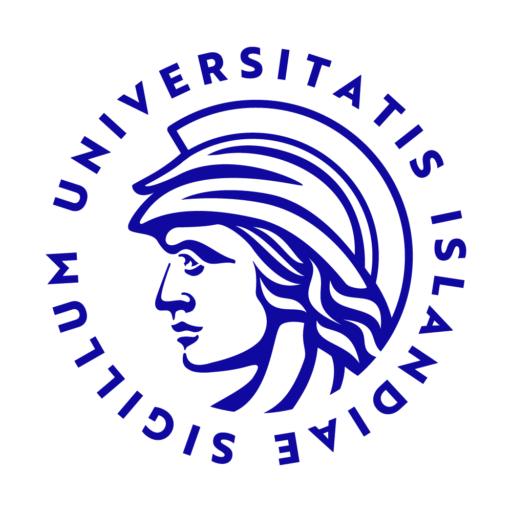Main author: Stefán Ragnar Jónsson
Institution or Company: Institute for Experimental Pathology, University of Iceland, Keldur
Co-Authors, Institution or Company:
Diana Rubene, Institute for Experimental Pathology, University of Iceland, Keldur. Kirsten Knecht, Department of Molecular Biophysics and Biochemistry, Yale University, New Haven, Connecticut, USA. Yong Xiong, Department of Molecular Biophysics and Biochemistry, Yale University, New Haven, Connecticut, USA.
Introduction: Through evolution organisms have come up with multiple ways to evade lentiviral infections. Among these host proteins is the mammalian apolipoprotein B mRNA-editing enzyme catalytic polypeptide-like 3 (APOBEC3 or A3) family of cytidine deaminases that restricts viral infections by mutating viral DNA and impeding reverse transcription. To overcome this antiviral activity, most lentiviruses express a viral accessory protein called Vif, which mediates the ubiquitylation and subsequent proteasomal degradation of A3 proteins. While primate lentiviral Vif proteins utilize the transcription factor core-binding factor subunit beta (CBFβ) as a cofactor to stabilize the complex, maedi-visna (MVV) Vif hijacks cyclophillin A (CypA) instead. Since CBFβ and CypA are both highly conserved among mammals, the requirement for two different cellular cofactors suggests that these two A3-targeting Vif proteins have different biochemical and structural properties.
Methods: To investigate this topic, we used a combination of in vitro biochemical assays and in vivo A3 degradation assays to study motifs required for the MVV Vif to bind zinc ion, Cul5, and the cofactor CypA.
Results: Our results demonstrate that although some common motifs between the HIV-1 Vif and MVV Vif are involved in recruiting Cul5, different determinants in the MVV Vif are required for cofactor binding and stabilization of the E3 ligase complex, such as the zinc-binding motif and N- and C-terminal regions of the protein.
Conclusions: Results from this study advance our understanding of the mechanism of MVV Vif recruitment of cellular factors and the evolution of lentiviral Vif proteins.

